In the sprawling history of over five millennia in China——the homeland of tea, tea culture shines like a resplendent jewel, growing ever more dazzling through the ages. Tea cultivation spans over twenty provinces and a thousand counties across China, giving rise to six major tea categories and nurturing countless esteemed and celebrated teas. Among all varieties, green tea boasts the most ancient lineage; the history of tea is essentially synonymous with the history of green tea. Furthermore, green tea enjoys unparalleled popularity across Asia.
Let us embark on a journey to explore the vast landscape of green tea. Which are the most renowned varieties today?
Longjing | Dragon Well Tea

Core Production Area: Longjing Village, Hangzhou, Zhejiang
Renowned as one of China's top ten teas, West Lake Longjing (Dragon Well) tea holds an unparalleled reputation. Known for its elegant flavor and rich history, it has often been compared to beautiful women in Chinese poetry.
The finest Longjing is harvested before the Qingming Festival (pre-Qingming) and before the Grain Rain period (pre-Grain Rain). There is no need to rinse the leaves before brewing. The recommended method is to place the tea leaves in a cup and then pour in hot water to cover the leaves. After the leaves have absorbed the water, fill the cup to seven-tenths full.
Biluochun

Core Production Area: Dongting Mountain, Suzhou, Jiangsu
Biluochun is famed for its strong, lasting fragrance and historical significance. It was once called "Scary Fragrance" due to its intense aroma. Emperor Kangxi of the Qing Dynasty renamed it "Biluochun," meaning "Green Snail Spring," after its appearance.
The early spring harvest, rich white fuzz on the leaves, and the tea's tender buds define its quality. The best Biluochun has tender buds, vibrant color, strong fragrance, and a fresh, mellow taste. Premium Biluochun requires about 50,000 to 70,000 tea buds per pound.
Brewing Method: Use the top-infusion method. First, warm the cup with hot water, then fill it with 80°C water to seven-tenths full before adding the tea. Watch the leaves dance in the water as they unfurl.
Huangshan Maofeng

Core Production Area: Huangshan, Anhui
Huangshan Maofeng, originating in the Huangshan region of Anhui Province, is highly regarded. The best comes from Fuxi Village, this tea is only harvested in spring.
Maofeng's leaves are slender and slightly curled, resembling bird tongues, with visible golden tips. The tea has a bright yellow-green color, a clear, light-yellow infusion, and a sweet, lasting flavor.
Brewing Method: Use the mid-infusion method. Warm the cup, fill it one-third with hot water, then add the tea leaves.
Taiping Houkui

Core Production Area: Huangshan District, Anhui
Taiping Houkui is known for its unique appearance and length, with leaves ranging from 8cm to over 12cm. The best leaves come from Houkeng Village in Huangshan District.
Taiping Houkui's leaves are flat, straight, with two leaves hugging a bud. They are covered in white fuzz with green veins tinged with red, known as "red silk threads." Taiping Houkui leaves are known for their durability and a distinctive orchid fragrance.
Brewing Method: Use a tall glass. Warm the cup, add the leaves, and fill one-third with 95°C water. Let steep for 30 seconds before filling to seven-tenths.
Liu'an Guapian

Core Production Area: Liu'an, Anhui
Liu'an Guapian is unique because it consists solely of pure leaves without buds or stems, resembling melon seeds. It is mainly produced in the Dabie Mountains of Liu'an.
The leaves are picked before the Grain Rain period and processed through multiple steps: spreading, initial roasting, final roasting, and more.
This tea is rich and durable, with a notable layer of white frost formed during the roasting process, indicating high quality.
Zhuyeqin | Bamboo Leaf

Core Production Area: Mount Emei, Sichuan
Zhuyeqing, also known as "Bamboo Leaf Green Tea," is closely associated with the famous Mount Emei. Known for its vibrant green leaves and rich history, it has been celebrated for over a thousand years.
Only the tender buds before the Qingming Festival are selected. The cool early spring weather ensures a high amino acid content and low tea polyphenol content, resulting in a balanced taste.
Although slightly bitter initially, the tea quickly turns sweet, leaving a refreshing aftertaste.
Anji White Tea

Core Production Area: Anji, Huzhou, Zhejiang
Anji White Tea is a rising star from Anji County, Huzhou. Despite its name, it is a type of green tea.
Anji White Tea comes in "Dragon" and "Phoenix" shapes. The "Phoenix" variety is straight with prominent buds and vibrant color, while the "Dragon" variety is flat, smooth, and straight.
Known for its exceptional freshness due to a high amino acid content (5-10.6%), making it particularly refreshing.
Xinyang Maojian

Core Production Area: Xinyang, Henan
Xinyang Maojian is famous for its "fine, round, bright, straight, numerous white hairs, strong aroma, rich flavor, and green soup." It has a strong, lasting aroma, rich and mellow taste, and a sweet aftertaste.
Brewing Method: Use the bottom-infusion method. Warm the cup, add tea, and fill one-third with 85°C water to unfurl the leaves before filling to seven-tenths.
Enshi Yulu

Core Production Area: Enshi, Hubei
Enshi Yulu, also known as "Jade Green," is a steamed green tea. This ancient method, recorded in "The Classic of Tea," remains preserved in Enshi.
The tea is made from dark green one-bud-one-leaf or one-bud-two-leaf fresh leaves. It has a bright green color, fresh taste, and a "three greens" quality: dry tea green, tea soup green, and leaf base green.
Lushan Yunwu

Core Production Area: Mount Lu, Jiujiang, Jiangxi
Lushan Yunwu tea dates back to the Eastern Han Dynasty and reached its peak during the Ming and Qing Dynasties. It grows at high altitudes above 800 meters, where misty conditions create its unique flavor.
This tea's leaves are thick, with numerous fine hairs and a rich, durable flavor.
Brewing Method: Pour half a cup of 80-90°C water without a lid. Let the leaves unfurl slowly before adding more water. The tea is known for its rich, refreshing flavor.

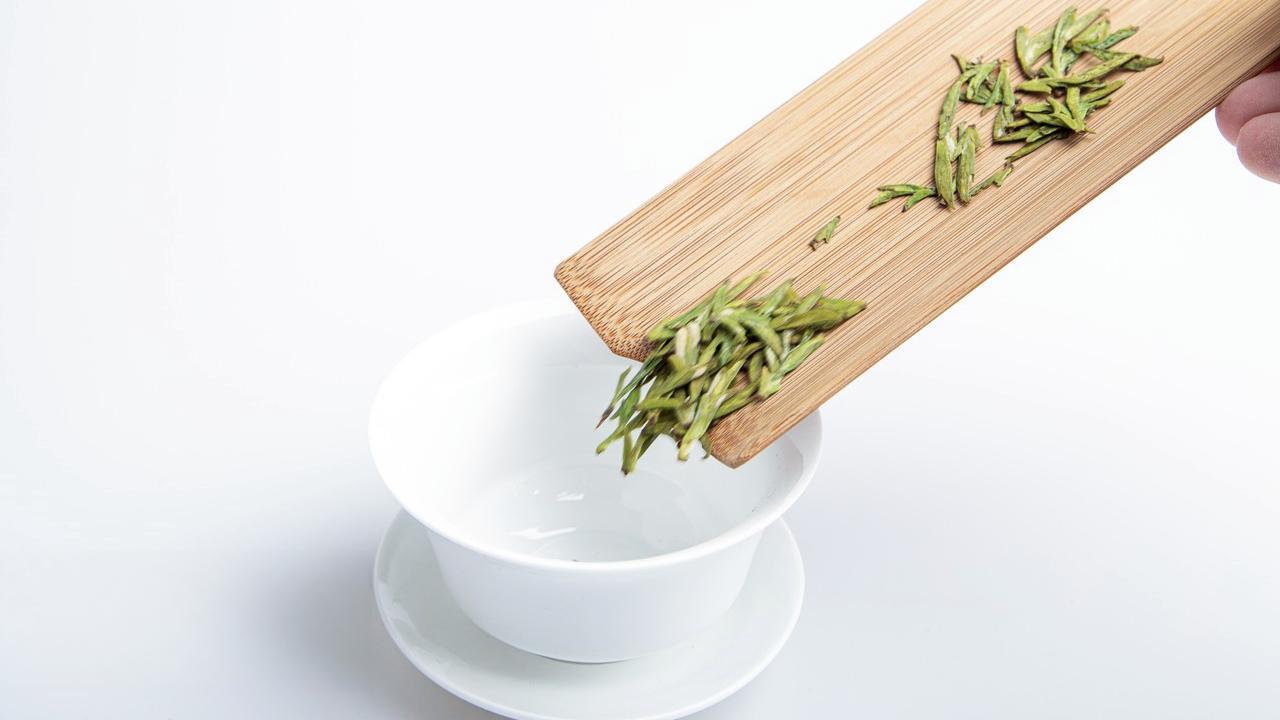
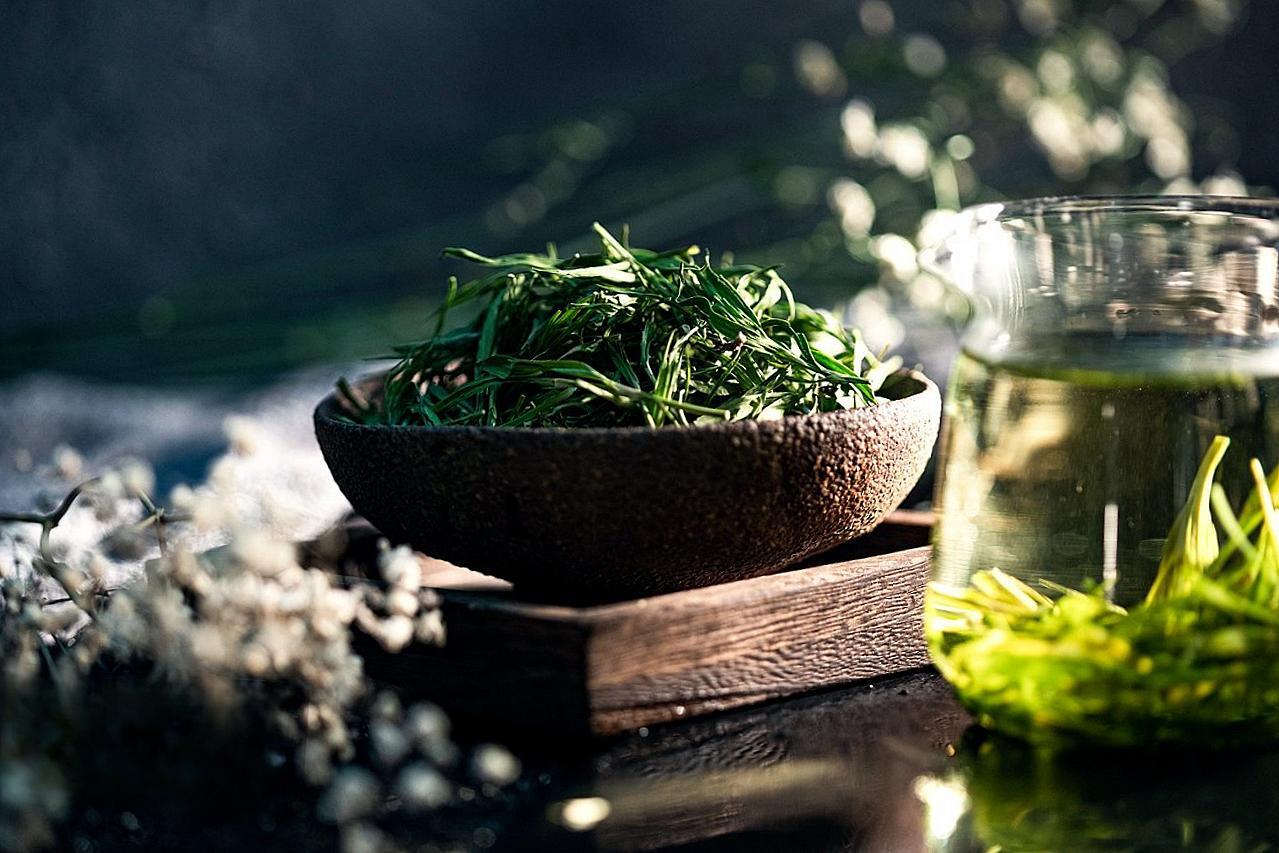
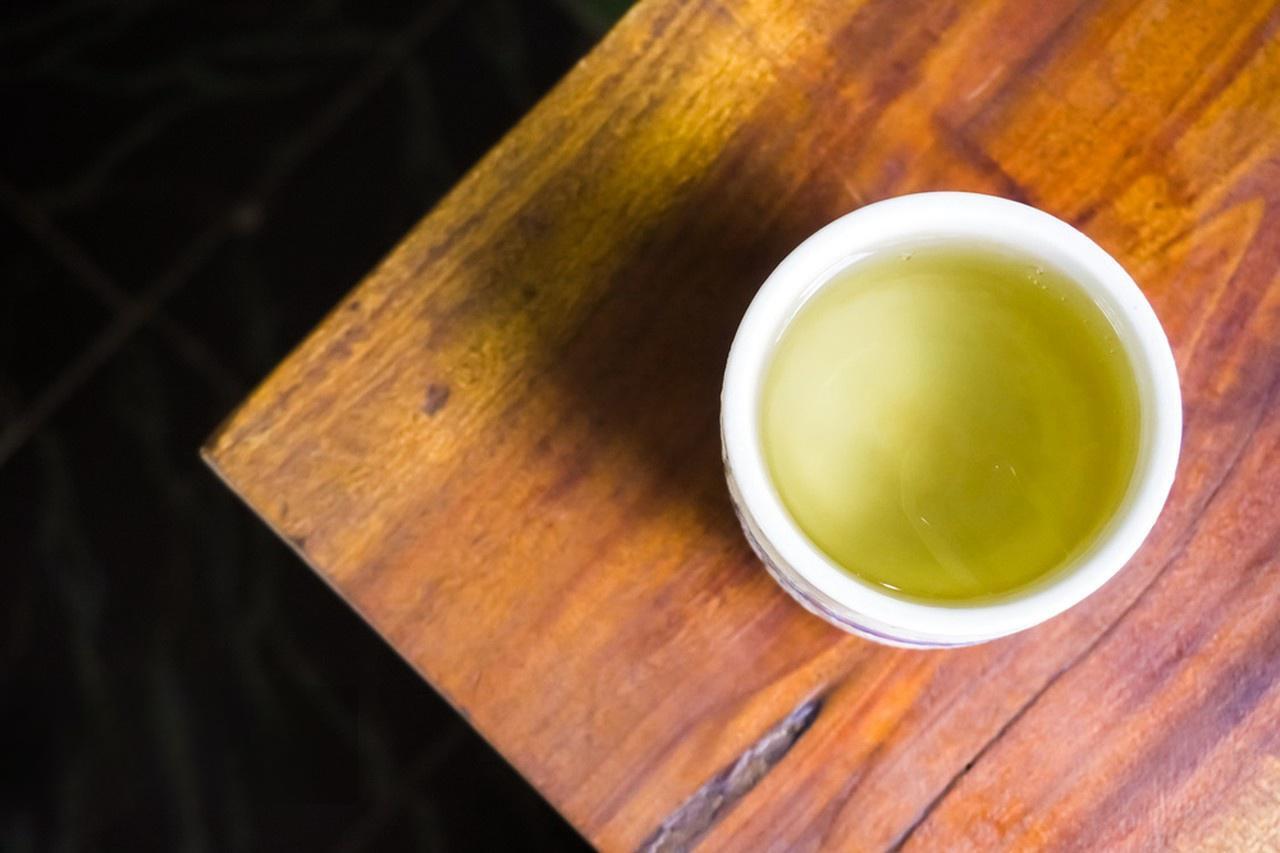
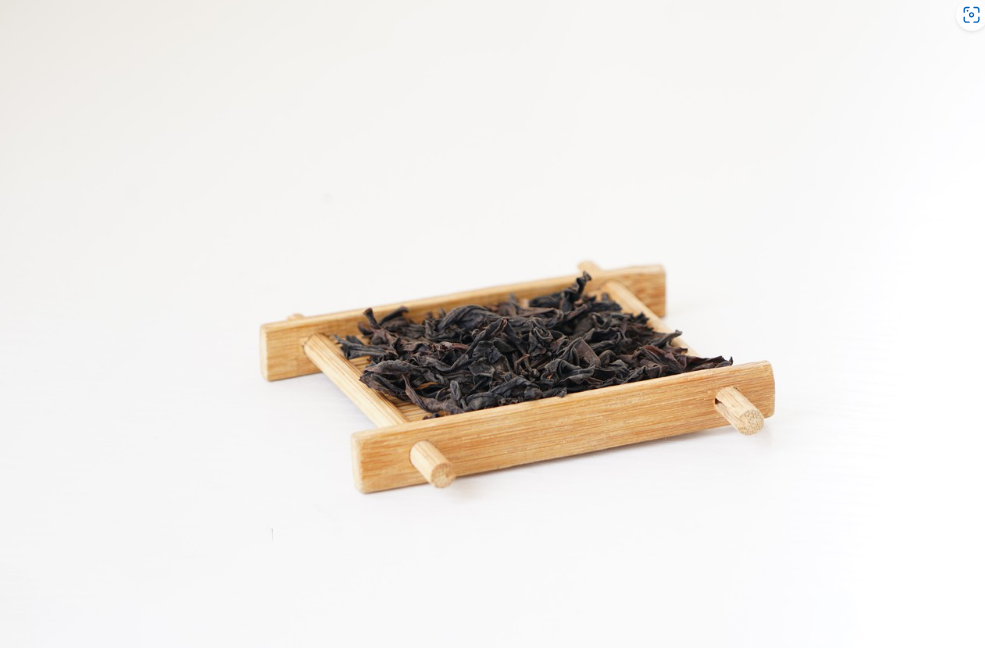
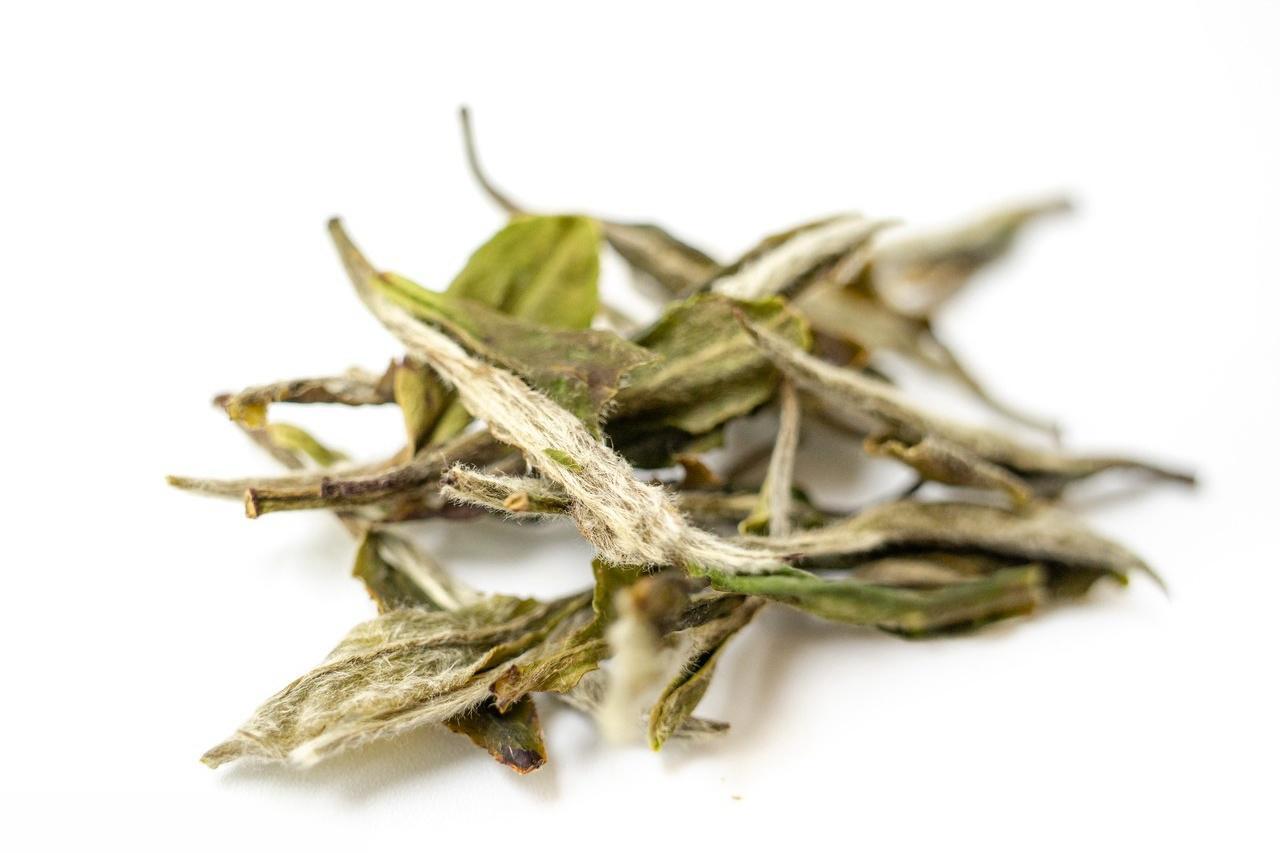
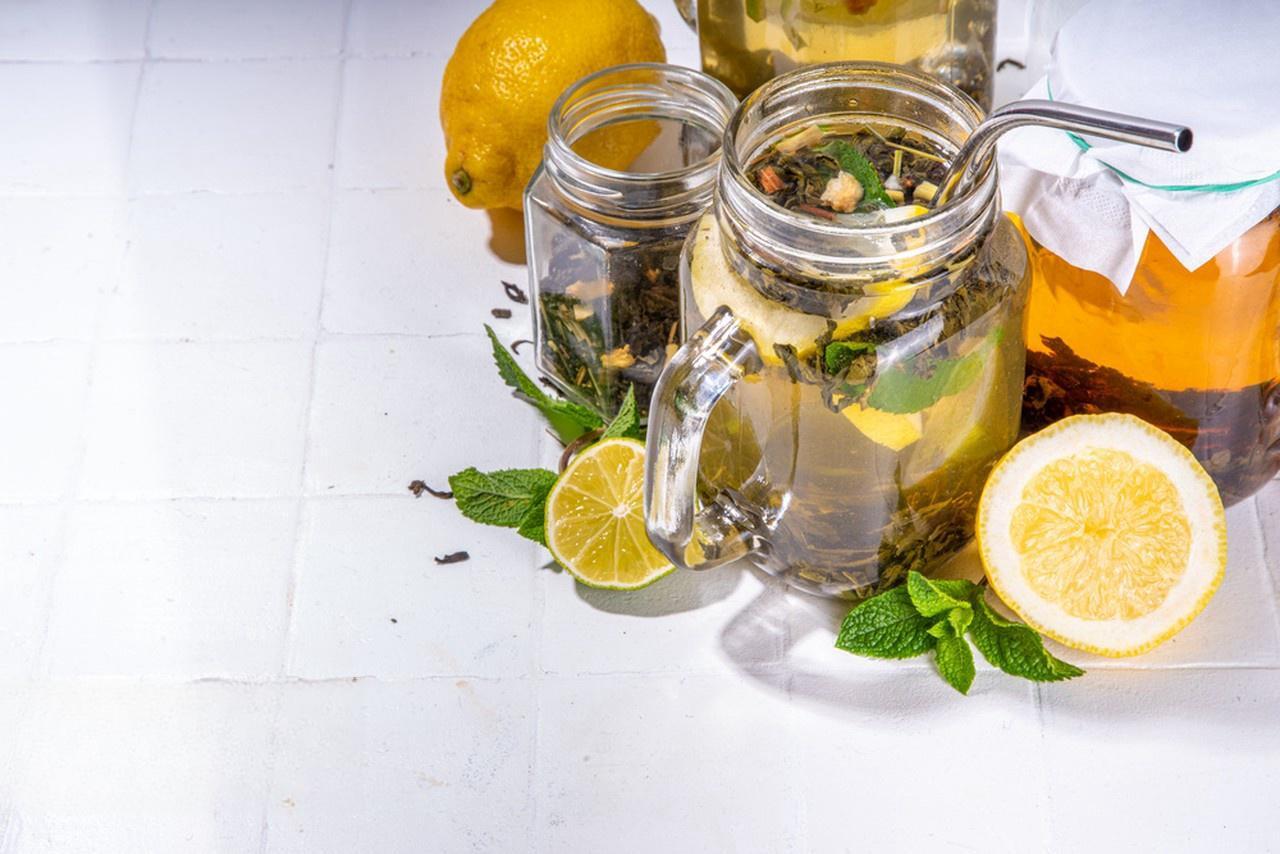
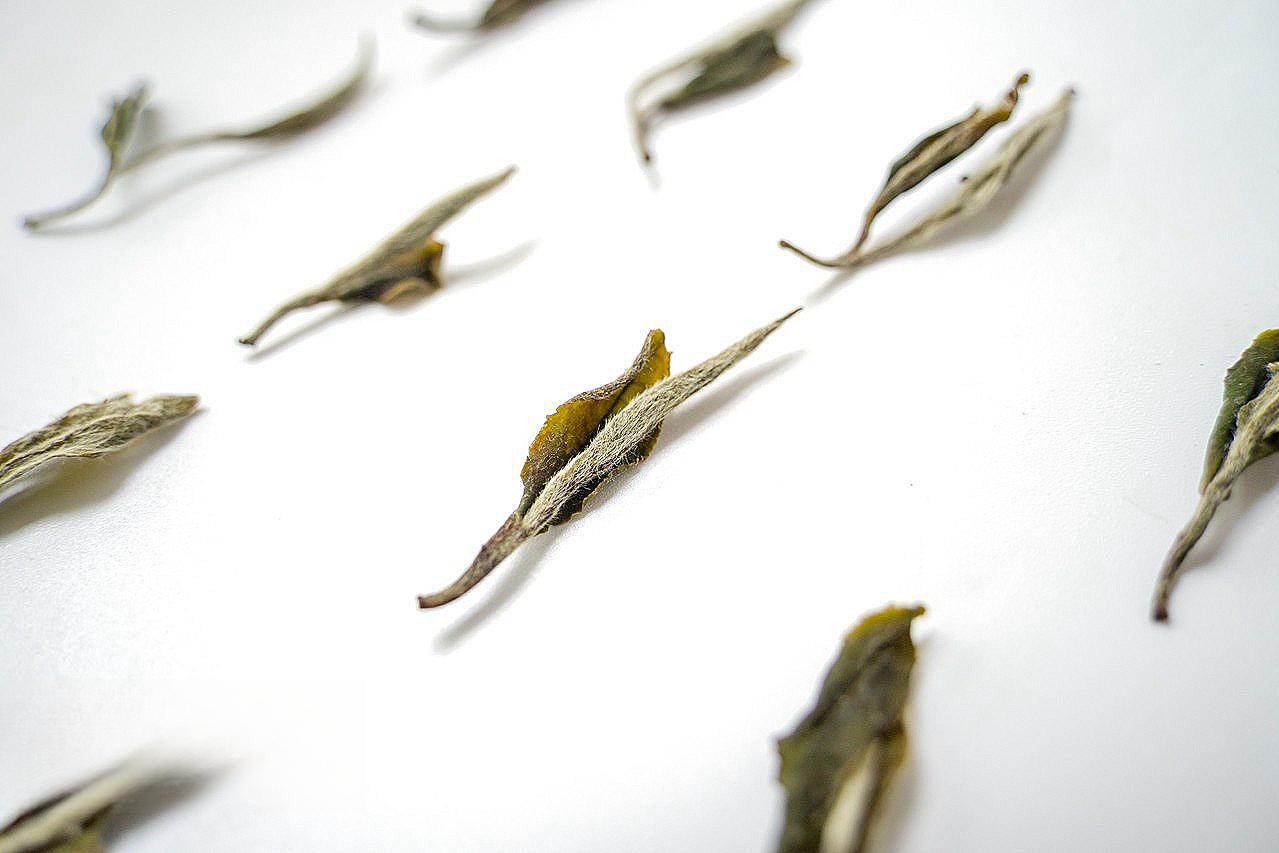
Leave a comment
All comments are moderated before being published.
This site is protected by hCaptcha and the hCaptcha Privacy Policy and Terms of Service apply.